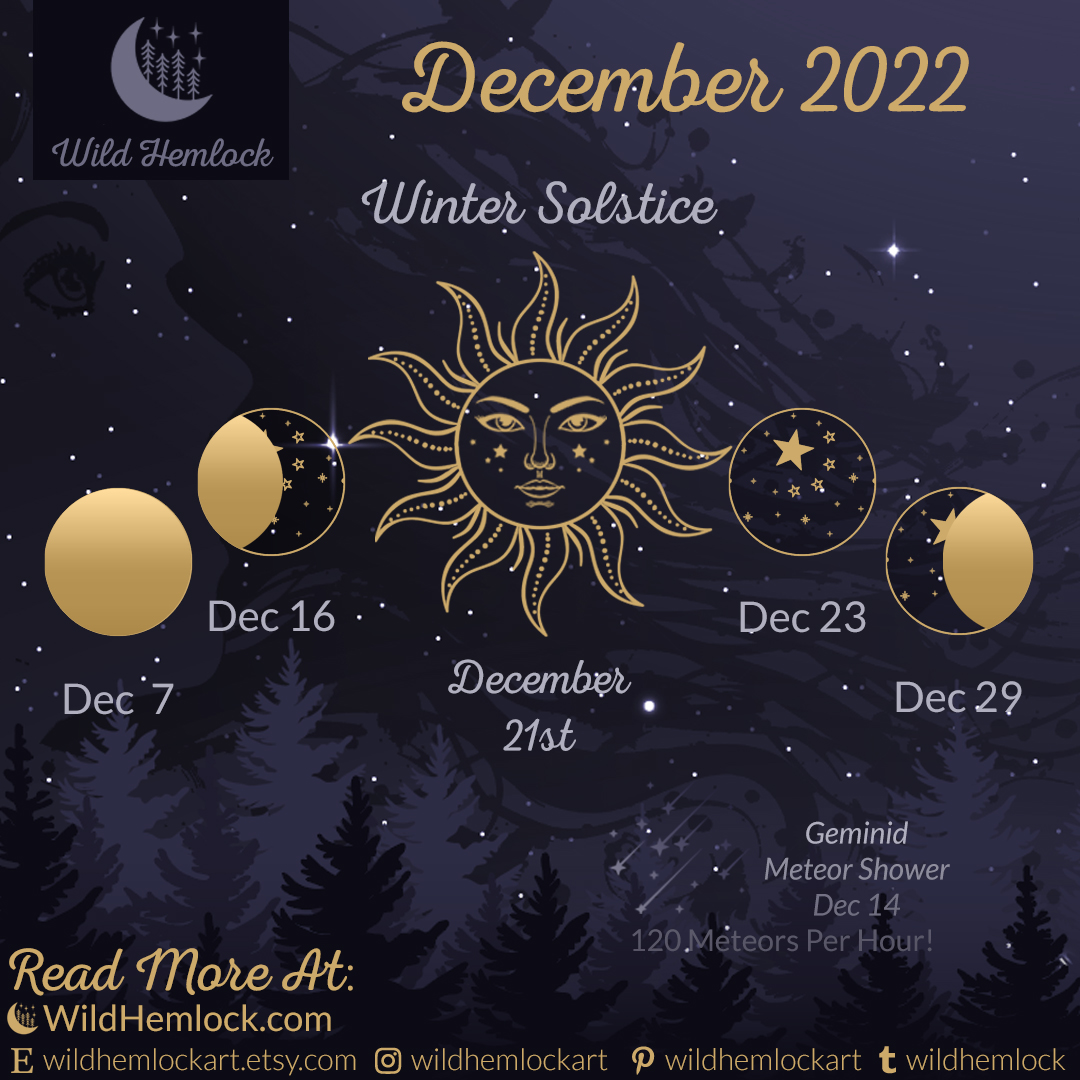Table of Contents
Check out the Glossary of Astronomical Events if you need any explanations!
One of the biggest meteor showers of the year happens this month! Followed by the Winter Solstice, known as Yule in folklore, December ends with two beautiful astrophotography opportunities.
The Geminid Meteor Shower peaks on December 14th, and is one of the best displays of shooting stars all year. Over 120 meteors will streak across the sky per hour. The Moon will almost be to Third Quarter, which may impact how many will be visible. At 2 AM, the meteor shower is at its peak; but, the meteors will be short and close to its radiant point, Gemini in this case. Before dawn, however, the meteors will enter the atmosphere at a winder angle and produce much longer, vivid trails. Learn more about the Geminid meteor shower at In The Sky.org.
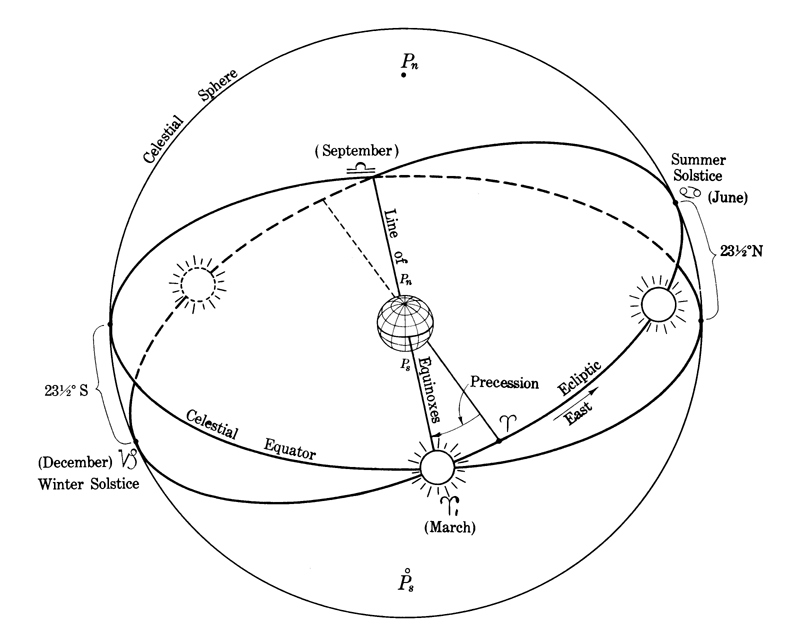
On December 21st, the Sun dips down to the lowest point below the Celestial Equator, known as the Tropic of Capricorn, marking the shortest day and Longest Night of the year in the Northern Hemisphere. Thus begins Winter, and as the Sun slowly marches northward along its Ecliptic Path, the days grow longer and steal more time from the night. Also known as Midwinter and Yule, the Winter Solstice has been celebrated by many cultures for thousands of years. Yule was celebrated as a returning or rebirth of the Sun. Many Celtic and Norse traditions survive today as Christmas celebrations, such as the yule log and yule boar (the Christmas Ham). The giving of presents is believed to come from the Ancient Greece holiday Saturnalia. Many, if not all, ancient peoples celebrated or marked the winter solstice as a sign that spring will return soon.
*Waves hand in the general direction of Punxsutawney*
Click Here to Learn more about Meteor Showers and More at the Glossary of Astronomical Phenomena

Astronomical Phenomena
 | Also known as Yule December 21, 2022 |
Moon Phases
 | 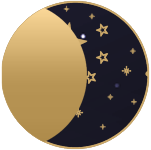 | 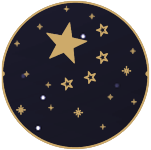 | 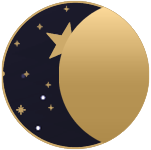 |
| Full Moon December 7 | Third Quarter Moon December 16 | New Moon December 23 | First Quarter Moon December 29 |
All times are in Eastern Standard Time (EST) or Eastern Daylight Savings Time (EDT).
Moon Facts

| Ascending Node: | 5th |
| Apogee: | 11th |
| Descending Node: | 19th |
| Perigee: | 24th |
| Moon Name: | Cold Moon |
Meteor Showers

Geminid Meteor Shower
| Radiant Point Constellation: | Gemini |
| Peak Date: | December 14th |
| Best Time, EST: | 2 AM |
| Zenith Hourly Rate: | 120 meteors per hour! |
| Learn More: | In-The-Sky.Org |
Minor Meteor Showers
| Name | Peak Date | Radiant Constellation | Meteors Per Hour | Best Viewing Time, EST |
| Pheonicids | Dec 2nd | Phoenix | <5 | Not Visible in EST |
| φ-Cassiopeids | Dec 6 | Andromeda | <5 | After 9 PM |
| Puppid-Velids | Dec 7 | Vela | 10 | 3 AM |
| Monocerotids | Dec 8 | Monoceros | 2 | 1 AM |
| σ-Hydrids | Dec 12 | Hydra | 3 | 3 AM |
| Comae Berenicids | Dec 14 | Leo | 3 | 3 AM |
| Leonis Minorid | Dec 20 | Leo Minor | 5 | 1 AM |
| Ursids | Dec 22 | Ursa Minor Little Dipper | 10 | Before Dawn |
Planetary Alignments & Lunar Conjunctions

| Moon ☌ Jupiter | Dec 1 |
| Neptune Exits Retrograde | Dec 3 |
| Moon Occultation of Uranus | Dec 5 |
| Moon Occultation of Mars | Dec 7 |
| Sun ☍ Mars | Dec 8 |
| Moon ☌ Mercury | Dec 24 |
| Moon ☌ Venus | Dec 24 |
| Moon ☌ Saturn | Dec 25 |
| Mercury ☌ Venus | Dec 29 |
December 2022
 Loading…
Loading…Thanks For Reading!
Do you like WildHemlock.Com?
Support with Paypal!

